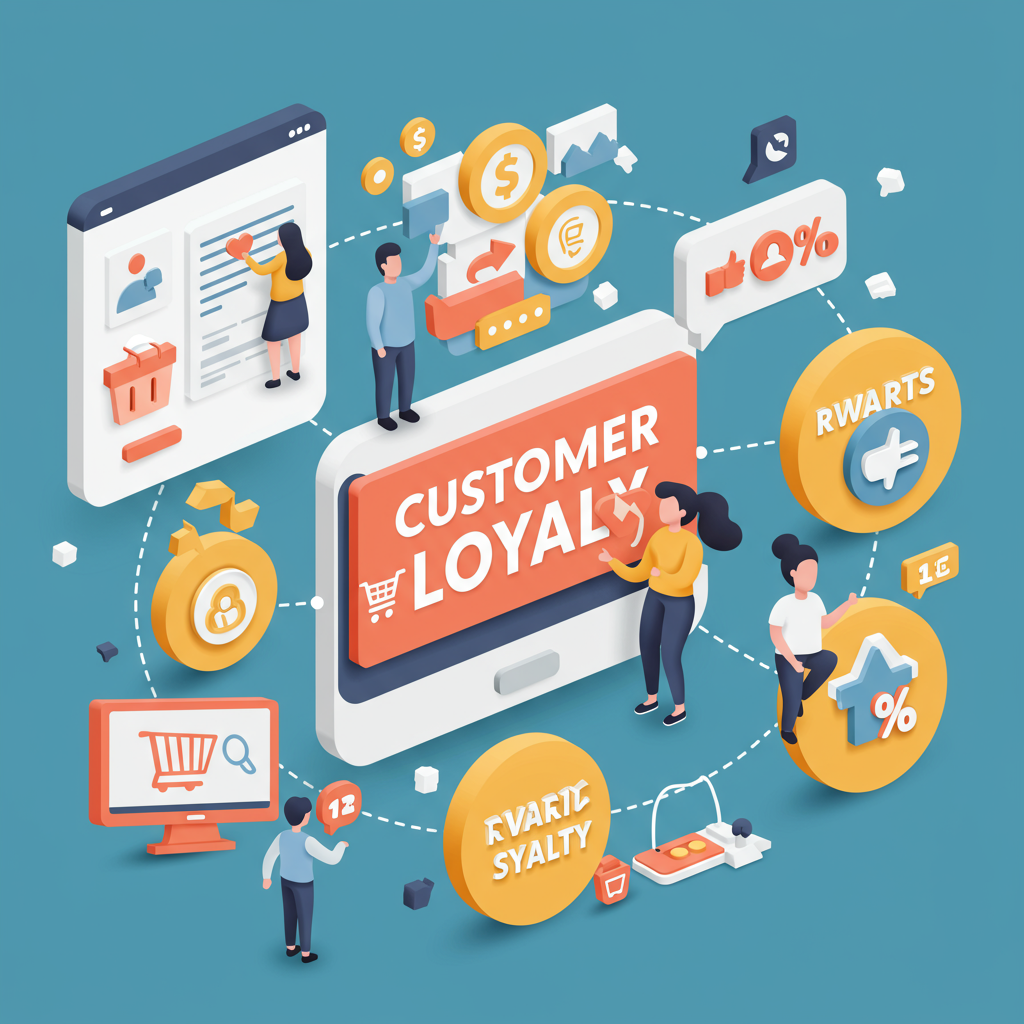Discover how a strategic loyalty program can transform your one-time buyers into lifelong advocates and drive sustainable growth.
As a Shopify merchant, I know you’re constantly looking for ways to grow your business.
You’re investing in marketing, optimizing your store, and sourcing great products.
But have you truly tapped into the immense power of customer loyalty?
In my experience, building a robust loyalty strategy is one of the most impactful investments you can make.
It’s not just about getting new customers; it’s about keeping the ones you already have.
Think about it: acquiring a new customer can cost five times more than retaining an existing one.
This staggering statistic alone highlights the importance of focusing on loyalty.
A well-designed loyalty program transforms casual shoppers into dedicated brand advocates.
It encourages repeat purchases, increases average order value, and fosters a deeper connection with your brand.
Ultimately, this leads to a higher customer lifetime value (LTV), which is the bedrock of sustainable e-commerce growth.
So, how do we go about implementing such a powerful strategy on your Shopify store?
Let’s dive into the core components of a successful loyalty program.
First, consider the different types of loyalty programs available.
The most common is the points-based system, where customers earn points for every dollar spent.
These points can then be redeemed for discounts, free products, or exclusive access.
Another effective model is the tiered program, which rewards customers with increasing benefits as they reach higher spending thresholds.
This could mean better discounts, early access to sales, or even dedicated customer support.
Some brands even implement paid loyalty programs, offering exclusive perks for an annual fee, much like Amazon Prime.
Then there are value-based or community programs, which focus on shared values or building a strong community around your brand.
Once you’ve considered the types, the next crucial step is to define your program’s goals.
What do you want to achieve? Is it increased customer retention, a higher average order value, or more referrals?
Your goals will dictate the structure and rewards of your program.
Next, think about the rewards themselves. What truly motivates your customers?
Discounts are always popular, but consider exclusive products, early access to new collections, or even charitable donations on their behalf.
I’ve found that unique, brand-aligned rewards resonate much more deeply than generic discounts.
How will customers earn points or progress through tiers?
Beyond purchases, you can reward actions like signing up for your newsletter, leaving product reviews, sharing on social media, or even celebrating their birthday.
Make the earning rules clear and easy to understand.
Similarly, define the redemption rules. Are there minimum spend requirements for using points? Can points be used on any product?
Simplicity is key here; customers should never feel confused about how to benefit from your program.
Crucially, your loyalty program should feel like an extension of your brand.
Use your brand’s voice, colors, and imagery throughout the program’s interface.
This consistent branding reinforces your identity and makes the program feel more integrated.
Now, let’s talk about implementation on your Shopify store.
The good news is that Shopify’s app ecosystem offers fantastic solutions for loyalty programs.
Apps like LoyaltyLion, Smile.io, and Yotpo Loyalty & Referrals are incredibly powerful.
They integrate seamlessly with your store, handling point tracking, reward redemption, and customer segmentation.
I highly recommend exploring these apps and choosing one that aligns with your budget and desired features.
Once implemented, promoting your program is paramount.
Don’t just launch it and hope customers find it.
Use prominent banners on your website, pop-ups, and dedicated pages to announce your program.
Integrate it into your email marketing strategy, sending welcome emails to new members and updates to existing ones.
Leverage social media to spread the word and highlight the benefits.
Even your transactional emails (order confirmations, shipping updates) can include a subtle mention.
Finally, you must measure the success of your loyalty program.
Key metrics include the participation rate, redemption rate, and the average order value of loyal customers versus non-loyal customers.
Track the customer lifetime value of your loyal segments. Are they spending more over time?
Don’t be afraid to A/B test different rewards or earning rules to optimize performance.
And please, don’t fall into common pitfalls.
Avoid over-complicating the program; if it’s too hard to understand, customers won’t engage.
Don’t neglect promotion; a great program is useless if no one knows about it.
Ensure your rewards are genuinely attractive and valuable to your target audience.
And never adopt a “set-it-and-forget-it” mentality. Your program needs ongoing attention and optimization.
For advanced strategies, consider gamification elements to make earning points more fun and engaging.
Personalize rewards and offers based on customer purchase history and preferences.
Integrate your loyalty program with a referral program to turn loyal customers into powerful brand advocates.
Building a strong loyalty program isn’t just a nice-to-have; it’s a strategic imperative for any Shopify merchant aiming for long-term success.
It’s about nurturing relationships, fostering community, and creating a virtuous cycle of growth.
I truly believe that investing in your existing customers is the most profitable path forward.
What do you think about this article and the importance of loyalty programs for Shopify stores?
I hope this guide empowers you to build a loyalty strategy that truly boosts your Shopify store.
Start small, iterate, and watch your customer relationships flourish.






